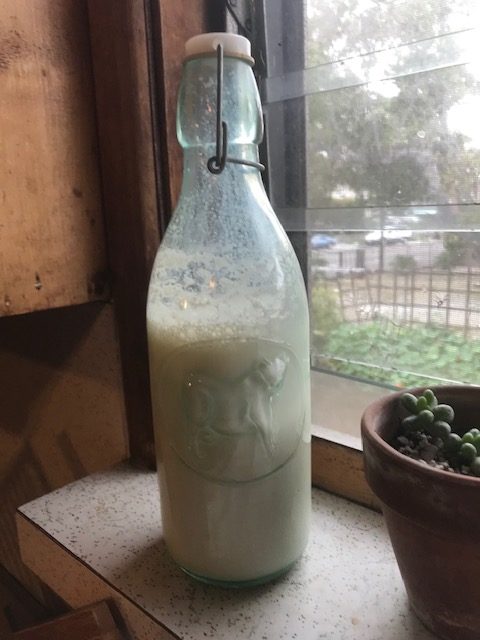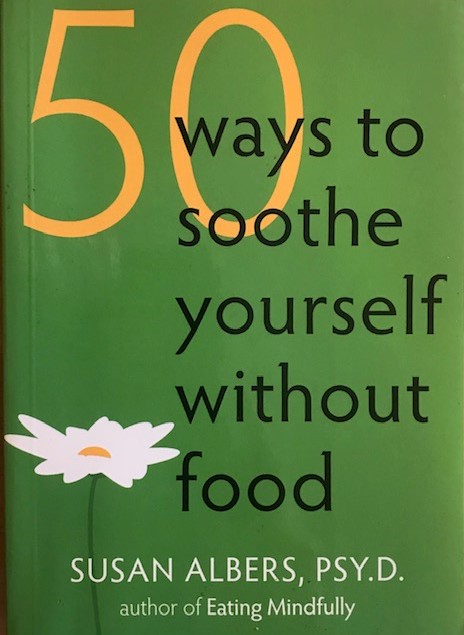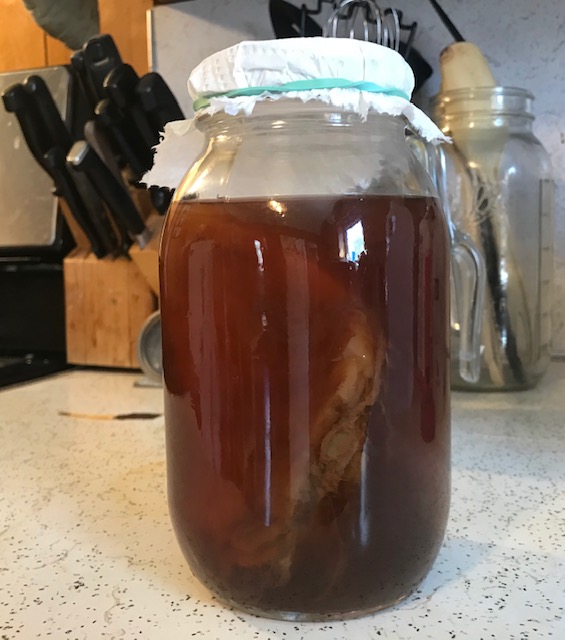Last time I made sauerkraut on Fermenting Friday I decided to try out Mama O’s super spicy kimchi paste to create an easy kimchi. I let my batch ferment about two weeks and finally tasted it today.
 OMFG!!! It tastes sooooooo good. And wow! It was plenty spicy for me and I love hot and spicy things.
OMFG!!! It tastes sooooooo good. And wow! It was plenty spicy for me and I love hot and spicy things.
I was conservative and only added a teaspoon to my quart jar of kraut. When it comes to spiciness, one can always add more spice but one can not remove the heat if it’s too much. This variety says “super spicy” right on the Mama O’s kimchi label so I thought it best to keep the amount minimal until I could taste for myself
I’m glad I held back. I found 1 teaspoon of Mamo O’s super spicy kimchi paste to be about right for my taste. I may decide to do a batch with 2 teaspoons because I love that endorphin rush of peppers. I eat kraut/kimchi every day though I don’t need a side veg that overpowers the rest of my meal. I think the extra hot batch will be good as a condiment. I’ll let you know how I decide to use it when I take on the extra kimchi paste.
Solid product. I give Mama O’s super spicy kimchi paste 10/10 both on taste and on the absolute ease of simply adding it to the sauerkraut you’re already fermenting. I would most definitely buy it again and try Mama O’s other sauces.
Bonus: their web site is super cute and they have kits where you can make A HALF GALLON of kimchi plus they give you detailed instructions on how to make it


 I got myself a new kombucha SCOBY from my friend Eloise, along with some kefir grains. I’ve been relying on expensive probiotic supplements to bridge the gap and, well, it’s kind of dumb to spend good money when I can have the benefit of food nutrients in addition to the good bacteria. I’m trying to be better about making something cultured as part of my weekly food prep routines.
I got myself a new kombucha SCOBY from my friend Eloise, along with some kefir grains. I’ve been relying on expensive probiotic supplements to bridge the gap and, well, it’s kind of dumb to spend good money when I can have the benefit of food nutrients in addition to the good bacteria. I’m trying to be better about making something cultured as part of my weekly food prep routines.